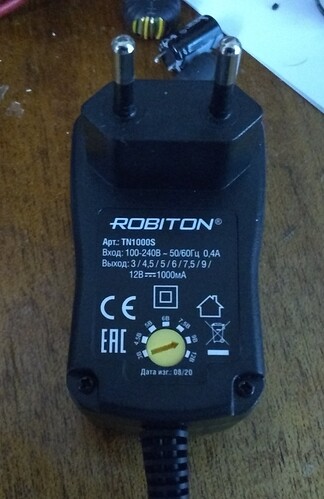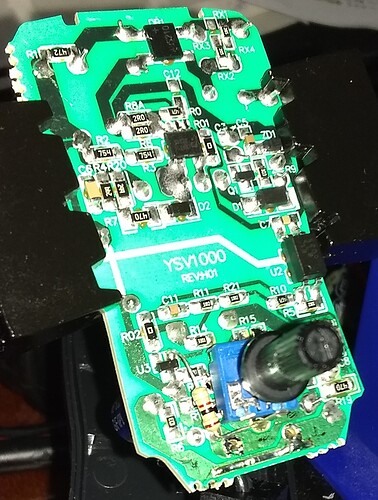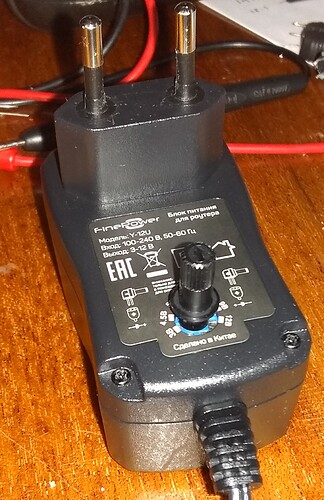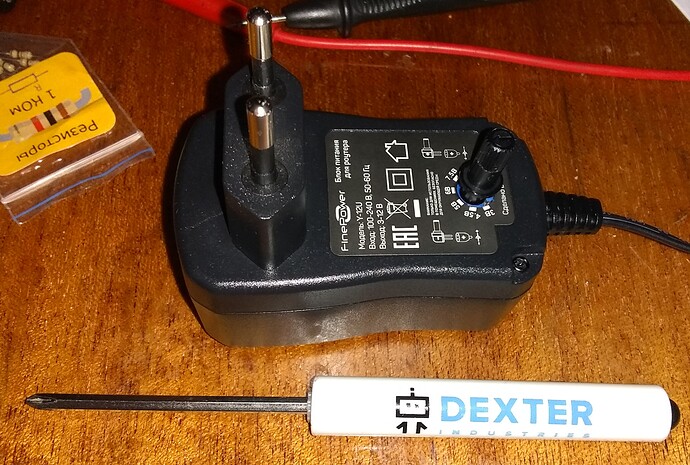One thing I forgot to mention is that the complexity of the switching supply’s design is directly proportional to the range of voltages to be covered.
A supply designed for a single voltage can be carefully optimised for that specific, individual, voltage. Ripple can be more easily filtered and it can be quite stable.
A small range of voltages makes things a bit more complex, but not too much. It doesn’t matter what the small range is, the requirement is a relatively small range.
A larger range requires a particularly specific design, specially designed transformers for energy storage, and components surrounding the controller IC that will allow a vastly greater range. The IC is also specially designed for that use and is more expensive.
Another interesting fact is that the transformers in switching supplies are not used for “transformer action”, (converting one voltage to another), but as energy storage devices. They store the pulse of power provided by the controller and supply it as a burst of energy to be used on the output side. Note that DC/DC voltage supplies don’t use transformers, but single winding inductors instead as the energy storage device.
The transformer is used to provide voltage isolation between the high voltage mains power side and the lower voltage output side. This component becomes especially more complicated and expensive as the voltage range increases.
The overall result is that a power supply designed for a particular range of voltages is difficult to modify to provide a completely different range without extensive redesign.








 , I had one of those “Doh!” moments.
, I had one of those “Doh!” moments. 

 – but even that would be a LOT of resistors.
– but even that would be a LOT of resistors.